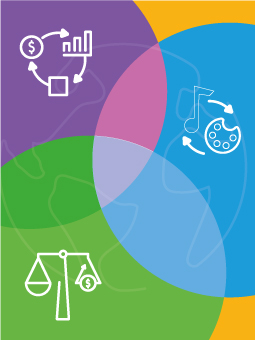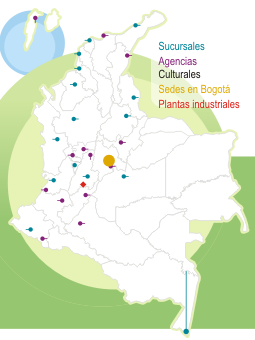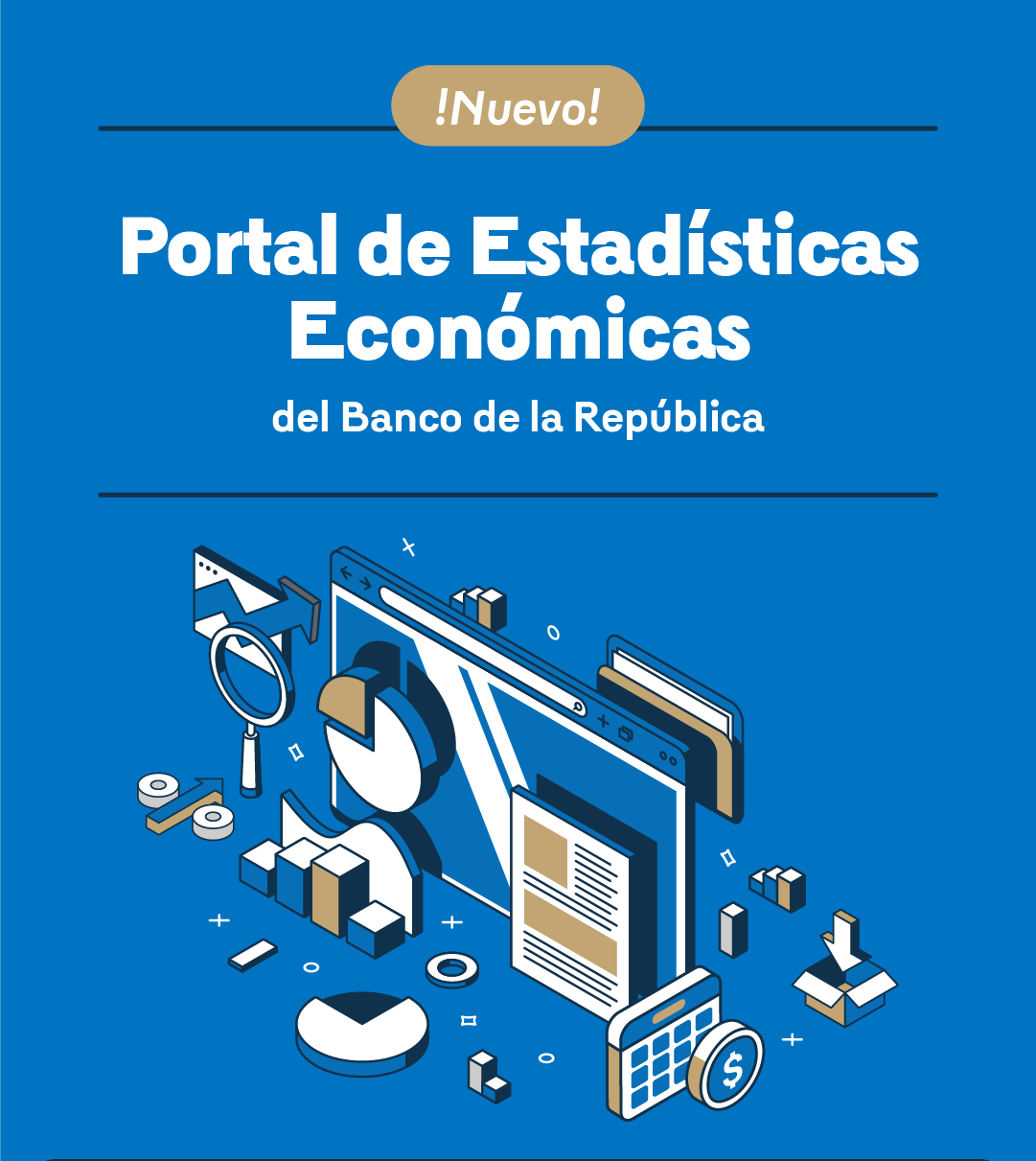Minutes of a Meeting of the Board of Directors of Banco de la Republica Held on August 29, 2014
A regular meeting of the Board of Directors of Banco de la República was held in the city of Bogotá D.C. on August 29, 2014. In attendance were Mr. Mauricio Cárdenas Santamaría, Minister of Finance and Public Credit, Mr. José Darío Uribe Escobar, Governor and Managing Director of Banco de la República, and Board Members Carlos Gustavo Cano Sanz, Ana Fernanda Maiguashca Olano, Adolfo Meisel Roca, César Vallejo Mejía and Juan Pablo Zárate Perdomo.
These minutes contain a summary of how Banco de la República’s technical team views the macroeconomic situation (Section 1), followed by a review of the key policy discussion points considered by the Board of Directors (Section 2).
A more detailed description of the macroeconomic situation, prepared by Banco de la República’s technical team, is provided in the data section of the June 2014 edition of the Inflation Report and in the statistical appendix.
1. THE MACROECONOMIC CONTEXT
The technical team underscores the following aspects with respect to the macroeconomic context:
- The new information in this report suggests the average growth forecast for Colombia's trading partners in 2014 could be somewhat lower compared to the last report. This is the result of no growth in the euro area during the second quarter and a sharper slowdown than expected in several countries of the region. GDP growth in the United States during the same period was in line with the forecast and is consistent with the annual estimate. Added momentum in external demand is expected for the second half of the year, due to the rebound in economic activity forecast for the United States.
- So far in August, long-term interest rates in the United States continued on a downward trend, but are still above the average observed in 2013. The US Federal Reserve’s financial asset buying program is expected to culminate in October 2014. Generally speaking, the market assumes the first increase in the Fed’s benchmark interest rate will occur in mid-2015.
- Global geopolitical tensions and government debt problems in Argentina have sparked volatility in measurements of global risk and in the countries of the region. Nevertheless, these measurements for Colombia remained at low levels in August and were under the average for 2013.
- Terms of trade were at a somewhat lower level in the second quarter of 2014 compared to a year ago. They are expected to continue on a slight downward trend for rest of the year, but will help to keep national revenue at what can be considered record highs.
- The annual decline in the dollar value of exports during the second quarter of 2014 was similar in comparison to the first three months of the year. On this occasion, the biggest reduction was in exports of industrial goods, while the decline in mining exports was less than in the first quarter. Exports of the major agricultural products continued to exhibit substantial momentum, propelled by foreign sales of coffee and bananas. As such, the total value of exports in dollars during the first half of the year accumulated an annual reduction of 4.5%.
- As for imports in dollars, their value rose at a higher annual rate during the second quarter than in the first. The build-up in foreign purchases centered on imports for end consumption and capital goods. As a result, annual import growth during the first half of the year was 6.1%.
- Given these trends in foreign commerce, the trade balance for all of 2014 will likely be negative and the current account deficit is expected to be higher than in 2013. However, it is important to bear in mind that the supply shock caused by temporary closure of the Cartagena refinery could explain part of the growth in this deficit.
- On the domestic front, new information at the close of June suggests second-quarter growth would be in line with the forecast presented in the last quarterly report on inflation. Real household spending would continue to increase at a good pace, although less so than at the start of the year. Investment also is expected to expand at a slower pace, closer to its historical growth rate.
- On the supply side, the increase in investment in civil works and building construction during the second quarter is expected to be sizeable, but less than during the first quarter. Industrial production (including coffee processing) could be somewhat less in relation to a year ago, partly because of a temporary supply shock in the petroleum by-products sector and fewer business days in April (due to the Easter holiday).
- Economic figures for the third quarter are scarce and suggest mixed signals. On the one hand, the new information at July with respect to the Consumer Confidence Index, merchants’ expectations, automobiles sales and consumer loans indicate household spending continued to grow at an acceptable pace. Likewise, the FEDESARROLLO industrial survey suggests the sector continued to recover. However, oil production was down again in July to under one million barrels per day.
- The increase in the bank loan portfolio in domestic currency slowed during July and so far in August, compared to the first half of the year. Not as much momentum in commercial loans and, to a lesser extent, in mortgages explains this deceleration. However, consumer loans continue to grow at a steady pace. Loans of all types registered annual increases higher than the current year forecast for nominal GDP growth.
- Pass-through of the benchmark interest rate hikes to interest rates on loans weakened in July. In real terms, all interest rates on loans (except cards) are below the average calculated since 2000.
- Given all the above, the technical team kept the forecast for growth in the second quarter of 2014 at 3.6% to 5.0%, with 4.3% as the most likely figure. The range for 2014 as a whole is still between 4.2% and 5.8%, with 5% being more likely. The models suggest the output gap could be slightly positive this year.
- In July, annual inflation resumed its convergence towards the long-term target and was 2.89%. As has often been the case so far this year, the build-up in inflation last month was explained by the upward trend in the annual variation in prices for regulated items and food.
- The average of the core inflation measurements declined during the past two months and was 2.58% in July. This slowdown also was observed in tradables and non-tradables excluding food and regulated items. The expectations of analysts for inflation at one year and those based on government bonds at two, three and five years remain near or slightly above the long-term target (3%).
In summary, the new information at hand points to a continuation of the momentum in the country's aggregate demand. The forecasts indicate domestic spending will keep growing at a good pace, accompanied by a slower than projected recovery in external demand. While the downward trend in the unemployment rate could reflect structural factors, the strength of aggregate demand might take it to levels that would bring wage-cost pressure to bear on prices. Inflation resumed its convergence towards the long-term target, and short-term inflation forecasts and expectations remain slightly above 3%, even though the measurements of core inflation have declined in the last two months. Pass-through of the benchmark rate hikes to interest rates in the financial system has weakened, coupled with less of an increase in lending.
2. DISCUSSION AND POLICY OPTIONS
The Board, by a majority vote, decided it was appropriate to raise the benchmark interest rate by 25 bp, placing it at 4.5%.
A number of Board members agreed on the decision to increase the rate, considering the information on economic growth is still positive in most of the sectors analyzed. Furthermore, the real interest rate continues to stimulate economic activity.
Another member of the Board stated the 25 bp increase would culminate the process begun in April of this year to normalize monetary policy.
Several members believe there is evidence of an adjustment in certain key economic variables, which they see as confirmation that the monetary policy is having an effect, both on growth and inflation, particularly on the core inflation indicators. Some of them believe the risk balance recommends increasing the policy rate by 25 basis points to ensure consolidation of the process to normalize the stance of monetary policy and to anchor inflation expectations to the target. Others believe any further increase in the benchmark rate is unnecessary, considering the time it takes monetary policy to have an effect. Accordingly, they voted to hold the rate at 4.25% and emphasized there are exogenous factor that would be helping to slow economic activity.
3. POLICY DECISION
The Board of Directors, by a majority vote, considered it appropriate to raise the benchmark interest rate by 25 bp, placing it at 4.5%
















































